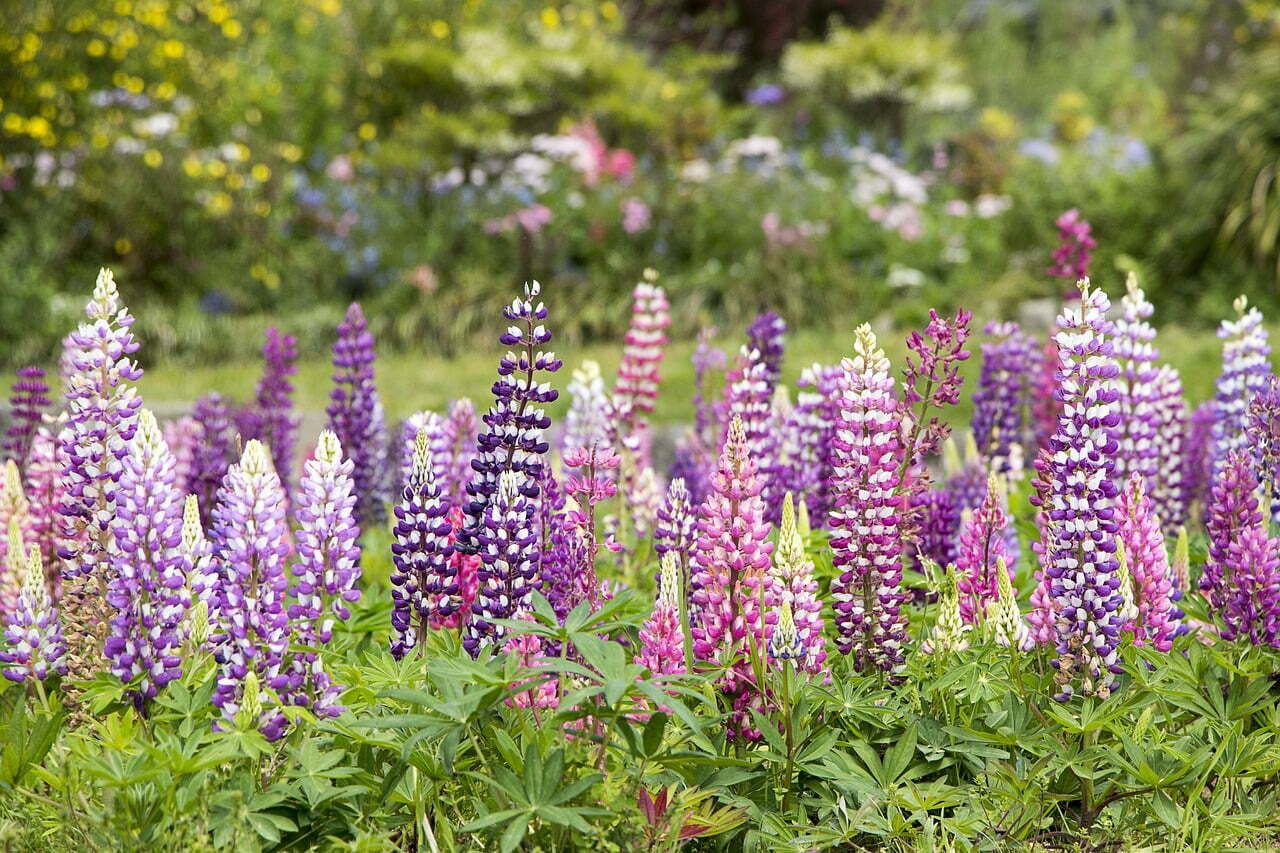
Delphinium and Planting: A Comprehensive Guide to Growing Majestic Delphiniums
Introduction
If you’re looking to add vertical interest and vibrant color to your garden, delphiniums are an excellent choice. With their tall spikes of stunning blossoms, delphiniums create a majestic and eye-catching display. Whether you’re an experienced gardener or a beginner, this article will provide you with a comprehensive guide on delphinium planting and care. From selecting the right varieties to nurturing your plants, we’ll cover all the essential steps to ensure a flourishing garden filled with these beautiful flowers.
Table of Contents
- Choosing the Perfect Delphinium Varieties
- Selecting the Right Location
- Preparing the Soil for Planting
- Planting Delphiniums from Seeds or Transplants
- Watering and Fertilizing
- Providing Proper Support
- Protecting from Pests and Diseases
- Deadheading and Pruning
- Extending the Blooming Season
- Frequently Asked Questions
1. Choosing the Perfect Delphinium Varieties
Delphiniums come in a wide range of colors and heights, allowing you to create your desired garden design. Consider factors such as the height, flower color, and bloom time when selecting the right delphinium varieties for your garden. Some popular varieties include Pacific Giants, Magic Fountains, and New Millennium.
2. Selecting the Right Location
Delphiniums thrive in full sun to partial shade, preferably with at least six hours of direct sunlight each day. Choose a location in your garden that offers protection from strong winds, as delphiniums can be tall and prone to breaking in gusty conditions. Ensure the soil is well-drained to prevent waterlogging.
3. Preparing the Soil for Planting
Before planting delphiniums, prepare the soil by removing weeds, rocks, and debris. Delphiniums prefer fertile soil with good organic matter content. Incorporate compost or well-rotted manure into the soil to improve its structure, drainage, and nutrient availability.
4. Planting Delphiniums from Seeds or Transplants
You can grow delphiniums from seeds or purchase transplants from nurseries. Sow the seeds indoors about eight to ten weeks before the last frost date, or directly sow them outdoors after the danger of frost has passed. Transplants can be planted directly into the garden in spring or early fall. Follow the specific instructions on the seed packet or transplant label for the correct planting depth and spacing.
5. Watering and Fertilizing
Delphiniums require consistent moisture but should not be overwatered. Water the plants deeply, providing approximately 1 inch of water per week. Ensure the soil remains evenly moist, especially during hot and dry periods. Apply a balanced fertilizer in early spring and after the first bloom to provide the necessary nutrients for healthy growth.
6. Providing Proper Support
Due to their height and heavy flower spikes, delphiniums require support to prevent them from toppling over. Install plant stakes or use a support system, such as a trellis or grid, to keep the plants upright. As the delphiniums grow, gently tie the stems to the support to ensure stability and prevent breakage.
7. Protecting from Pests and Diseases
Delphiniums are susceptible to pests like aphids, slugs, and snails. Monitor your plants regularly and take appropriate measures, such as handpicking or using organic pest control methods, to manage infestations. Watch out for common diseases like powdery mildew and crown rot, and provide proper airflow and plant spacing to minimize their occurrence.
8. Deadheading and Pruning
To encourage prolonged blooming, deadhead spent flowers by cutting the flower stalks down to the base of the plant. This will redirect energy towards new growth and future blooms. In late fall or early spring, cut the entire plant back to the ground to promote healthy growth and prevent diseases.
9. Extending the Blooming Season
To extend the blooming season of delphiniums, consider planting different varieties with staggered bloom times. This will ensure a continuous display of flowers throughout the season. Regular deadheading and proper care will also encourage reblooming.
10. Frequently Asked Questions
Q1: Are delphiniums deer-resistant?
A: Delphiniums are not typically deer-resistant. Take appropriate measures to protect your delphiniums, such as using deer repellents or fencing.
Q2: Can delphiniums grow in containers?
A: While delphiniums prefer to be planted in the ground, they can be grown in large containers with proper care, attention to watering, and support for their tall growth.
Q3: How tall do delphiniums grow?
A: The height of delphiniums varies depending on the variety, but they can range from 2 to 6 feet tall or even taller in some cases.
Q4: Do delphiniums require winter protection?
A: Delphiniums are generally hardy perennials. However, in colder regions, providing a layer of mulch around the base of the plants in late fall can offer some protection during the winter months.
Q5: Can delphiniums be divided?
A: Delphiniums can be divided every few years in early spring or late fall when they are dormant. Dividing helps rejuvenate overcrowded clumps and maintain plant vigor.
Conclusion
Growing delphiniums can transform your garden into a show-stopping display of vibrant colors and majestic blooms. By following the steps outlined in this guide, you’ll be well on your way to successfully planting and caring for these beautiful flowers. Choose the right varieties, provide optimal growing conditions, and enjoy the tall spires of delphiniums in your garden. Embrace the allure and elegance of delphiniums and create a stunning floral spectacle!